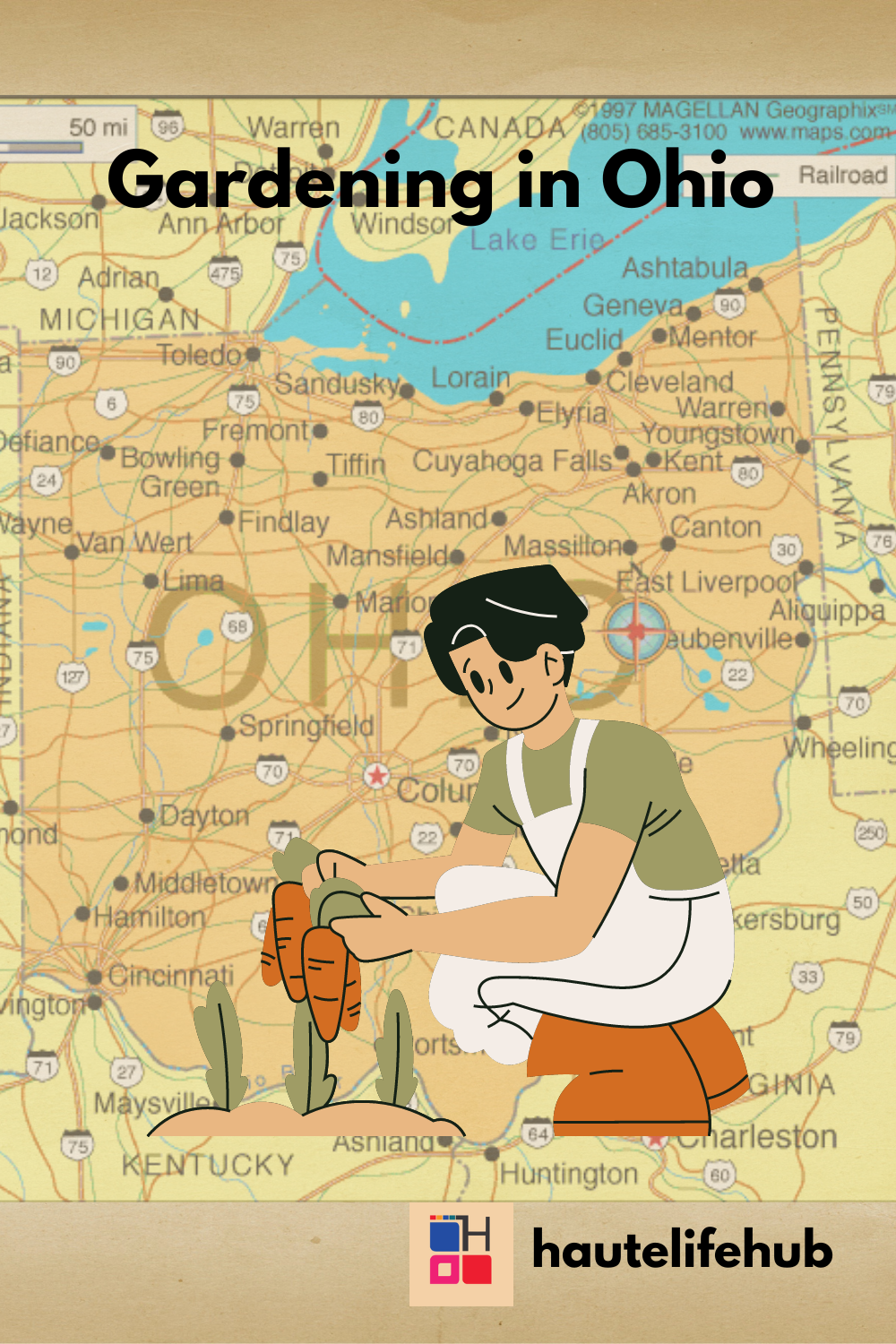Welcome to “Gardening in Ohio,” your go-to blog for cultivating vibrant gardens in the Buckeye State. Discover expert tips, local resources, and seasonal advice to help you grow beautiful, bountiful gardens year-round. Whether you’re a beginner or a seasoned green thumb, our blog has something for everyone.
1. Climate and Microclimates of Ohio
Ohio’s climate is characterized as humid continental, with four distinct seasons featuring cold winters, hot summers, and moderate spring and fall periods. This climate is influenced by the state’s geographical location in the Midwest, resulting in diverse weather patterns across different regions.
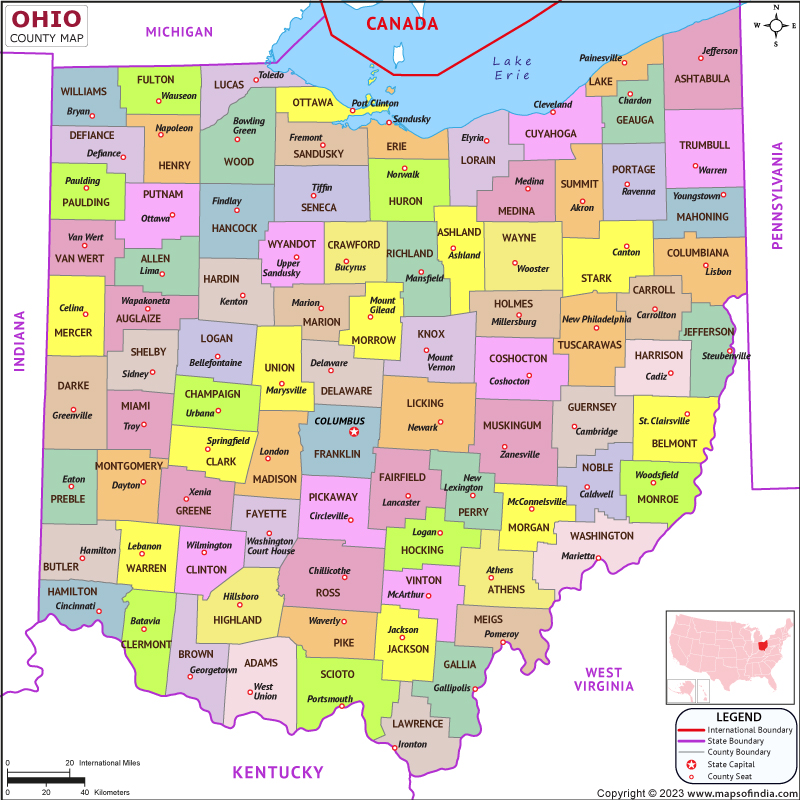
Northern Ohio experiences cooler temperatures and higher snowfall, particularly near Lake Erie, which creates a lake-effect snow phenomenon. In contrast, southern Ohio enjoys a milder climate with longer growing seasons and less severe winters. The state also hosts various microclimates due to its topography, urban areas, and bodies of water. Urban heat islands, river valleys, and hilly terrains can create localized variations in temperature and precipitation, influencing gardening and agricultural practices.
2. Soil of Ohio
Ohio’s soil is diverse, reflecting the state’s varied topography and geological history. Predominantly, the state is covered by fertile, loamy soils that are well-suited for agriculture. These soils are a result of glacial activity during the last Ice Age, which deposited rich glacial till across much of the state. The most common soil orders in Ohio are Alfisols, Mollisols, and Ultisols.
- Alfisols: Found primarily in central and northern Ohio, Alfisols are fertile and support extensive agricultural activities. These soils typically have a clay-enriched subsoil and are rich in minerals, making them ideal for growing crops like corn, soybeans, and wheat.
- Mollisols: These soils are prevalent in western Ohio and are characterized by a thick, dark topsoil rich in organic matter. Mollisols are among the most productive soils in the world, making this region particularly favorable for intensive agriculture, including corn and soybean farming.
- Ultisols: Found in the southeastern part of the state, Ultisols are older, more weathered soils with a higher clay content and lower natural fertility compared to Alfisols and Mollisols. However, with proper management and fertilization, Ultisols can still be productive for agriculture and gardening.
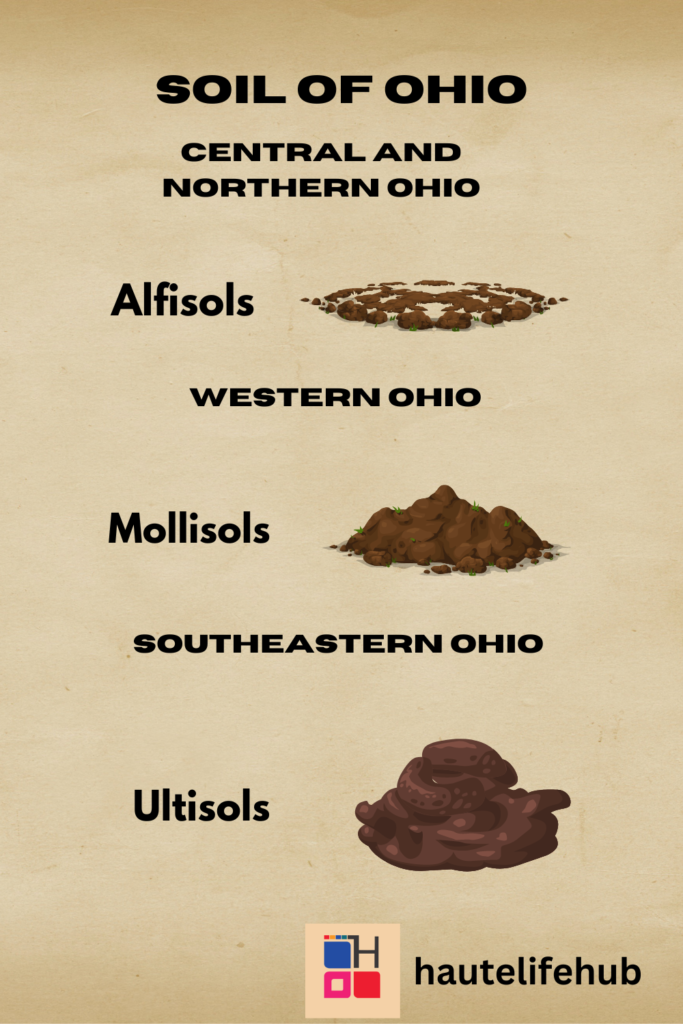
Additionally, Ohio’s soil pH varies across regions, generally ranging from slightly acidic to neutral. Urban areas might have disturbed soils that require amendment and improvement for gardening. Gardeners in Ohio often need to test their soil to determine its specific characteristics and adjust their gardening practices accordingly, such as adding lime to raise pH or organic matter to improve soil structure and fertility.
Understanding Soil pH of Ohio
- Soil pH measures the acidity or alkalinity of the soil, on a scale from 0 to 14.
- A pH of 7 is neutral; below 7 is acidic, and above 7 is alkaline.
- Most crops prefer a pH between 6.0 and 7.0.
Importance of Soil pH Management of Ohio
- Affects nutrient availability: Essential nutrients like nitrogen, phosphorus, and potassium are most available to plants at a pH of 6.0 to 7.5.
- Influences soil microbial activity: Beneficial microbes thrive in slightly acidic to neutral soils.
- Impacts crop yields: Incorrect pH can lead to nutrient deficiencies or toxicities, reducing plant growth and yield.
Steps to Manage Soil pH of Ohio
Soil Testing in Ohio
- Regular soil testing is crucial. Conduct soil tests every 2-3 years.
- Collect soil samples from various parts of the field to get a representative sample.
- Send samples to a reputable soil testing laboratory.
Adjusting Soil pH in Ohio
- Lime Application (to Raise pH):
- Use agricultural lime (calcium carbonate) to neutralize acidic soils.
- The amount of lime required depends on the current pH, desired pH, and soil texture.
- Apply lime in the fall for best results, as it takes several months to adjust the pH.
- Sulfur Application (to Lower pH):
- Elemental sulfur can be used to acidify alkaline soils.
- Be cautious with the amount of sulfur, as over-application can lead to excessively acidic soils.

Choosing Appropriate Amendments
- Use dolomitic lime if magnesium is also needed.
- Gypsum (calcium sulfate) can be used to improve soil structure without significantly altering pH.
Crop Selection and Rotation in Ohio
- Choose crops that are well-suited to the existing soil pH.
- Implement crop rotation practices to maintain soil health and pH balance.
Organic Matter Management
- Incorporate organic matter, such as compost or manure, to buffer soil pH changes.
- Organic matter improves soil structure and microbial activity, which can help stabilize pH.
3. Plant Selection in Ohio
Selecting plants for an Ohio garden requires considering the state’s climate, soil types, and specific microclimates. Here’s a guide to help you choose the right plants for your Ohio garden:
Native Plants of Ohio
Choosing native plants is beneficial as they are adapted to Ohio’s climate and soil, require less maintenance, and support local wildlife.
Flowers and Perennials of Ohio:
- Coneflower (Echinacea purpurea): Thrives in full sun and well-drained soil.
- Black-eyed Susan (Rudbeckia hirta): Prefers full sun and attracts pollinators.
- Wild Columbine (Aquilegia canadensis): Grows well in partial shade and attracts hummingbirds.
- Butterfly Weed (Asclepias tuberosa): Supports butterflies and tolerates drought.
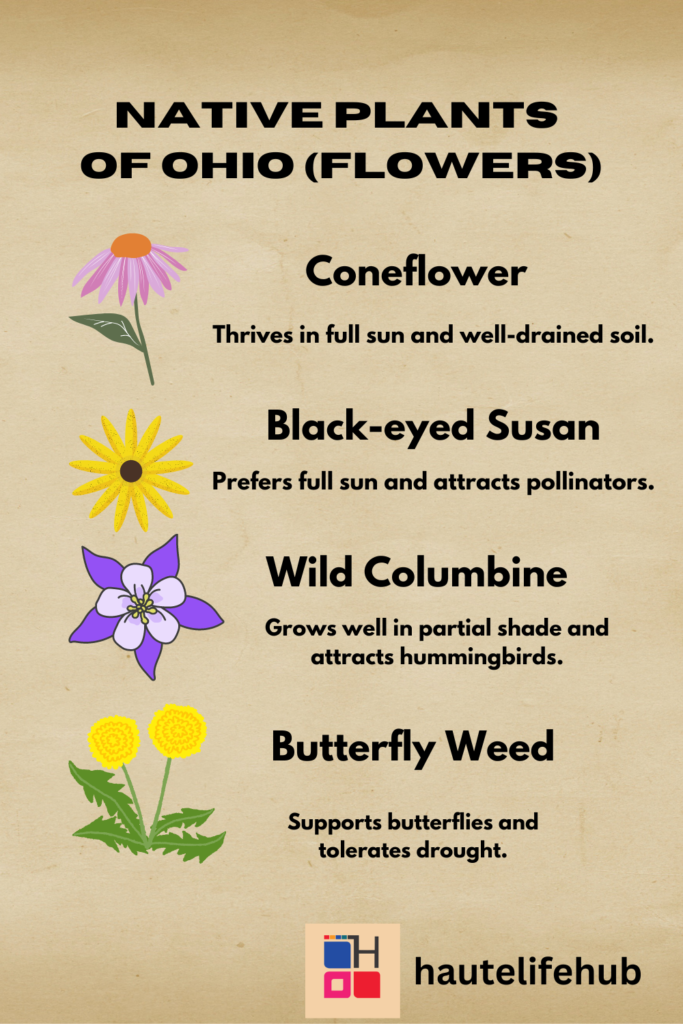
Grasses of Ohio:
- Little Bluestem (Schizachyrium scoparium): Tolerant of various soil types and drought-resistant.
- Switchgrass (Panicum virgatum): Ideal for erosion control and provides winter interest.

Shrubs of Ohio:
- Ninebark (Physocarpus opulifolius): Hardy, with attractive bark and flowers.
- Serviceberry (Amelanchier spp.): Produces edible berries and offers beautiful spring blooms.
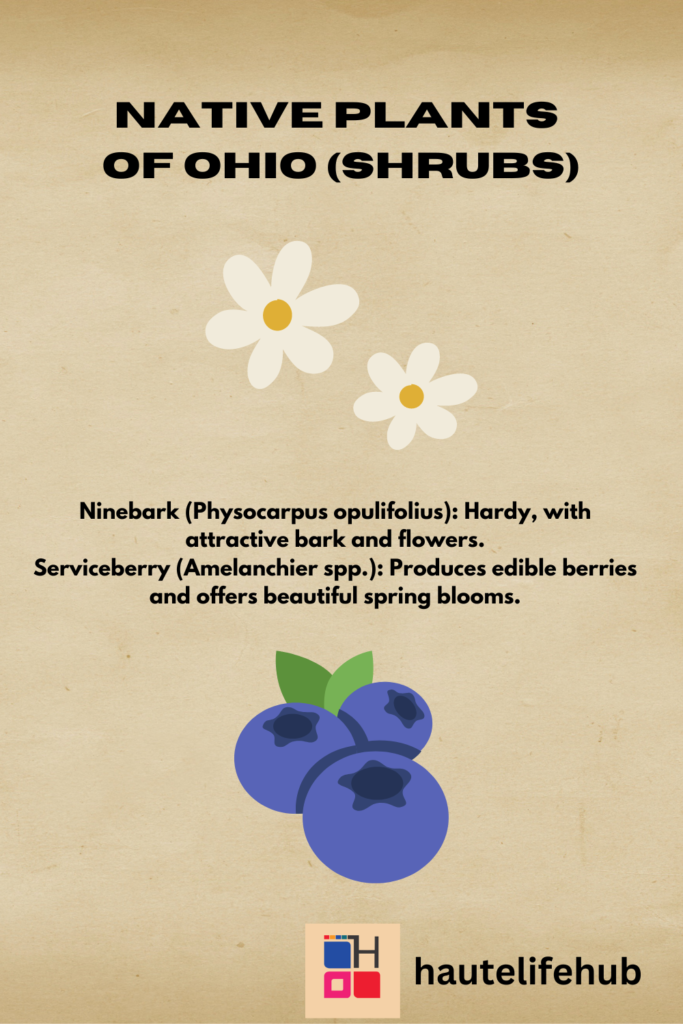
Trees of Ohio:
- Red Maple (Acer rubrum): Known for vibrant fall foliage.
- Eastern Redbud (Cercis canadensis): Features stunning spring flowers.
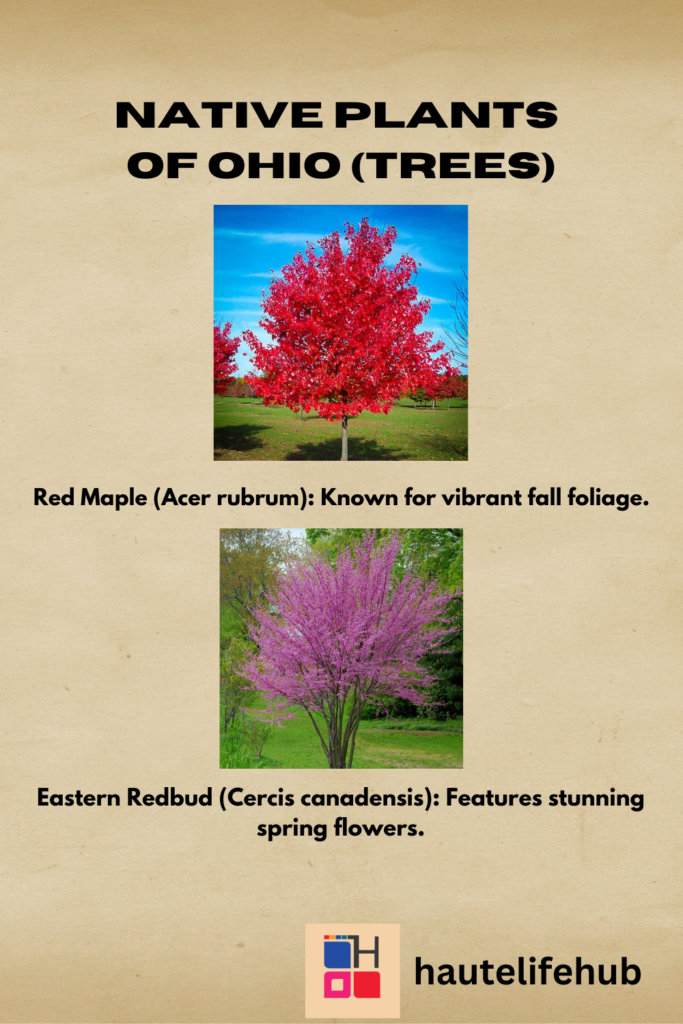
Vegetables and Fruits of Ohio
Ohio’s growing season allows for a variety of vegetables and fruits. Consider the growing zones (5b to 6b) when selecting varieties.
Vegetables of Ohio:
- Tomatoes (Solanum lycopersicum): Many varieties thrive, including heirlooms.
- Peppers (Capsicum annuum): Bell peppers and hot peppers do well in Ohio’s warm summers.
- Leafy Greens (Lactuca sativa): Lettuce, spinach, and kale grow well in cooler seasons.
- Root Vegetables: Carrots (Daucus carota) and beets (Beta vulgaris) are suitable for spring and fall planting.
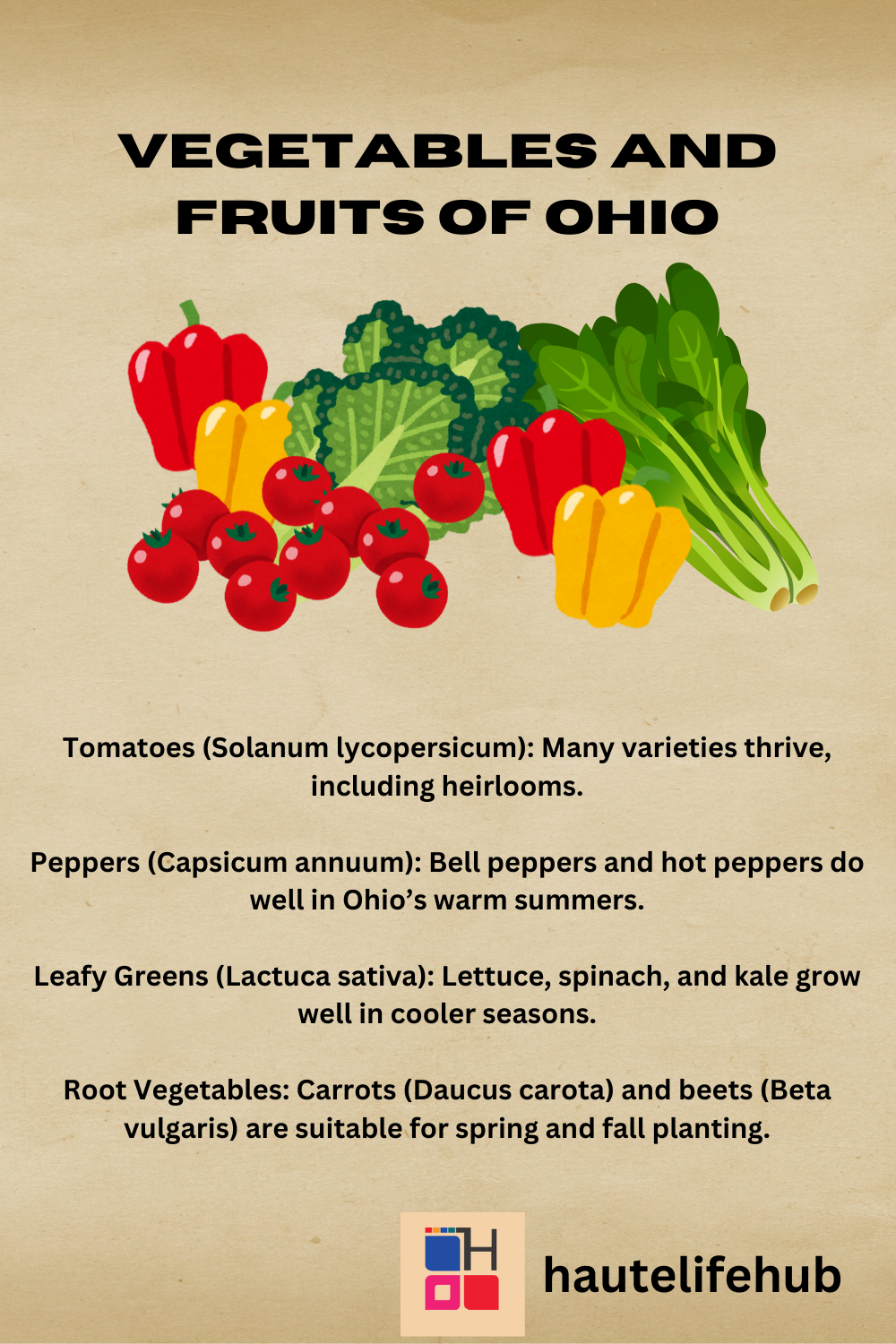
Fruits of Ohio:
- Strawberries (Fragaria × ananassa): Early spring planting yields summer fruits.
- Apples (Malus domestica): Many varieties, including Honeycrisp and Gala, are well-suited to Ohio’s climate.
- Blueberries (Vaccinium spp.): Require acidic soil and are productive in the right conditions.
- Peaches (Prunus persica): Certain hardy varieties can be successfully grown.
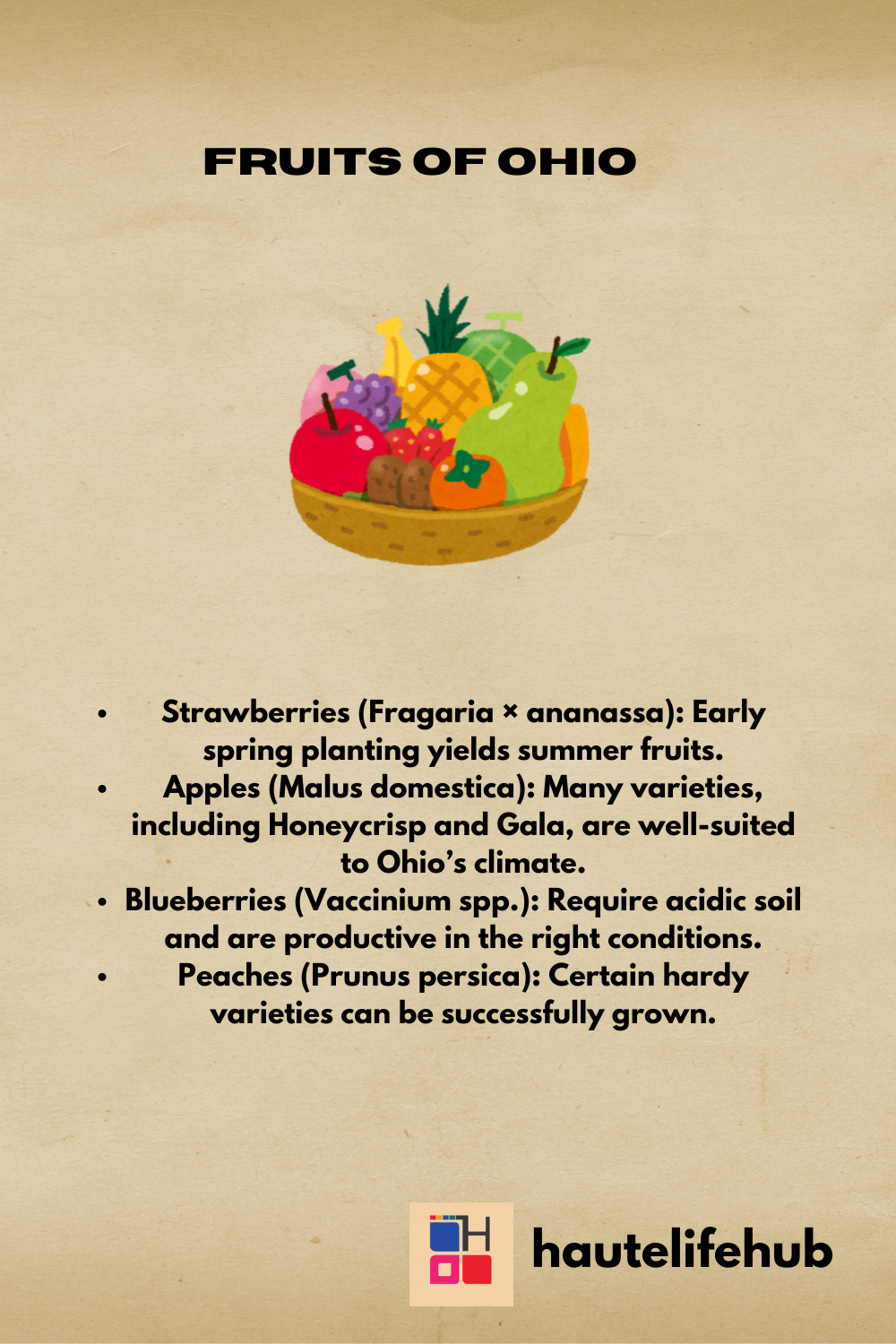
Ornamentals Plants of Ohio
Ohio boasts a rich variety of ornamental plants, including vibrant peonies, elegant hostas, colorful coneflowers, and lush hydrangeas. These plants enhance landscapes with seasonal blooms, attractive foliage, and resilience to Ohio’s diverse climate. Garden favorites like daylilies, black-eyed Susans, and ornamental grasses also thrive, adding beauty and texture.
Annuals:
- Marigolds (Tagetes spp.): Bright, easy to grow, and deter pests.
- Petunias (Petunia spp.): Versatile with a wide range of colors.
Perennials:
- Daylilies (Hemerocallis spp.): Hardy and low maintenance.
- Hostas (Hosta spp.): Ideal for shaded areas with attractive foliage.
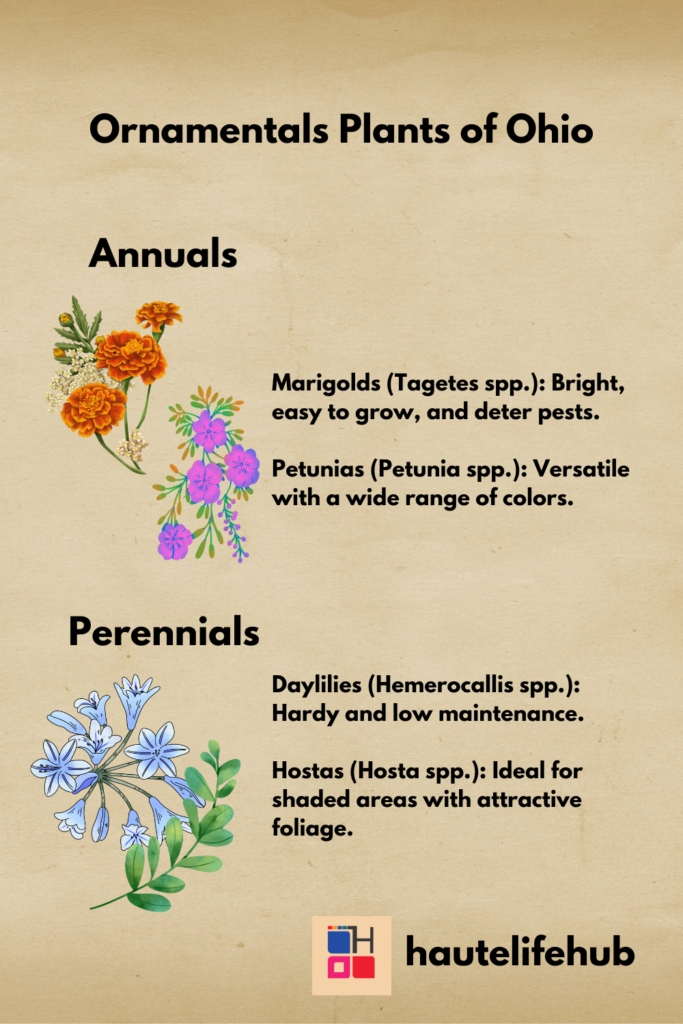
4. Watering in Ohio
Watering your garden in Ohio requires understanding the local climate, soil conditions, and plant needs. Ohio’s weather can vary significantly throughout the year, impacting how much and how often you need to water your plants. Here are some key tips for effective garden watering in Ohio:
General Watering Guidelines in Ohio
Watering Frequency:
- Early Morning: The best time to water is early in the morning when temperatures are cooler and evaporation rates are lower. This allows plants to absorb water before the heat of the day.
- Evening Watering: Watering in the evening can be effective, but avoid wetting the foliage to reduce the risk of fungal diseases.
Depth and Consistency:
- Deep Watering: Water deeply to encourage roots to grow deeper into the soil. This makes plants more drought-resistant.
- Consistent Moisture: Maintain consistent soil moisture, especially during critical growth periods like flowering and fruiting.
Watering Methods
Hand Watering:
- Hose with Nozzle: Use a hose with a spray nozzle to control water flow and reach the base of plants.
- Watering Can: Ideal for small gardens and delicate plants, allowing precise watering.
Soaker Hoses and Drip Irrigation:
- Soaker Hoses: Lay soaker hoses along rows of plants to provide slow, even watering directly to the soil.
- Drip Irrigation: Efficient and reduces water waste by delivering water directly to plant roots.
Sprinklers:
- Overhead Sprinklers: Useful for larger areas, but be mindful of water waste and potential leaf wetting.
- Oscillating Sprinklers: Provide even coverage but may not be as efficient as drip systems.
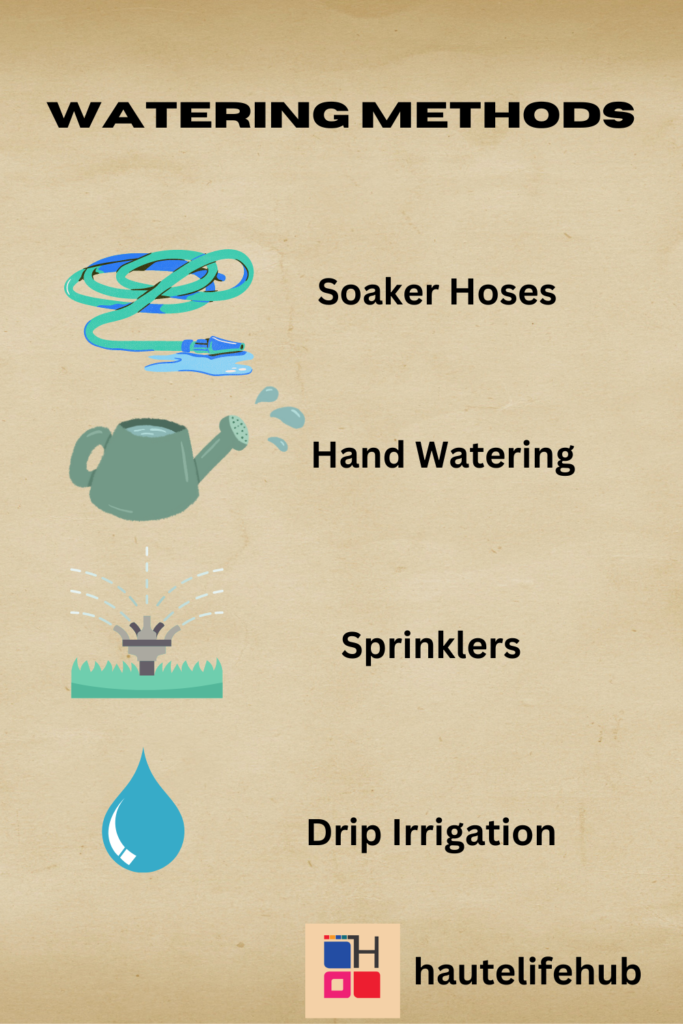
Tips for Efficient Water Use
- Mulching: Apply a layer of organic mulch around plants to retain moisture, suppress weeds, and moderate soil temperature.
- Watering Aids: Use water-retaining gels or granules in pots and containers to reduce watering frequency
- Rain Barrels: Collect rainwater for use in your garden. This sustainable practice reduces reliance on municipal water supplies and saves money.
5. Disease Management in Ohio
Effective disease management in Ohio gardens involves a combination of preventative measures, regular monitoring, and appropriate treatments to maintain healthy plants. The diverse climate and weather patterns in Ohio create conditions that can promote various plant diseases, so understanding common issues and how to address them is crucial for successful gardening. Here’s a comprehensive guide to disease management in Ohio gardens:
Common Plant Diseases in Ohio
Fungal Diseases:
- Powdery Mildew: Appears as a white, powdery coating on leaves and stems. Common in warm, dry conditions.
- Downy Mildew: Yellow or white patches on leaves, often seen in cool, wet weather.
- Rust: Orange or rust-colored spots on leaves, stems, and sometimes flowers.
- Blight: Rapid yellowing, browning, and death of leaves, stems, and fruit (e.g., tomato blight).
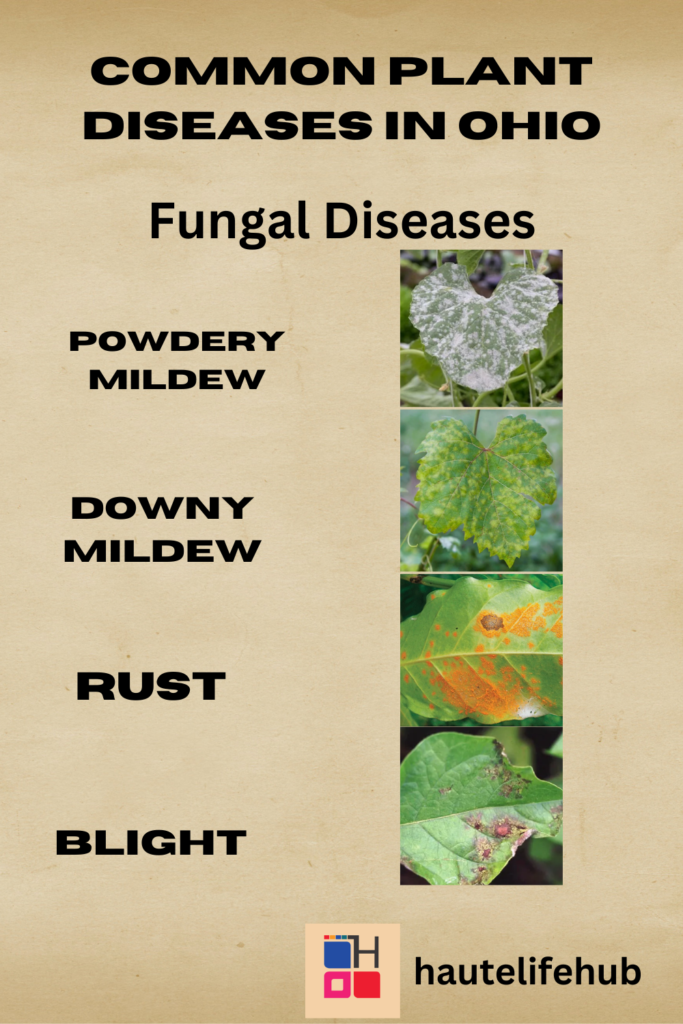
Bacterial Diseases:
- Bacterial Leaf Spot: Small, water-soaked spots on leaves that may turn brown or black.
- Bacterial Wilt: Sudden wilting and collapse of plants, particularly cucumbers and melons.

Viral Diseases:
- Mosaic Virus: Mottled or streaked leaves with light and dark green patches.
- Tomato Spotted Wilt Virus: Causes stunted growth, ring spots on leaves and fruit.
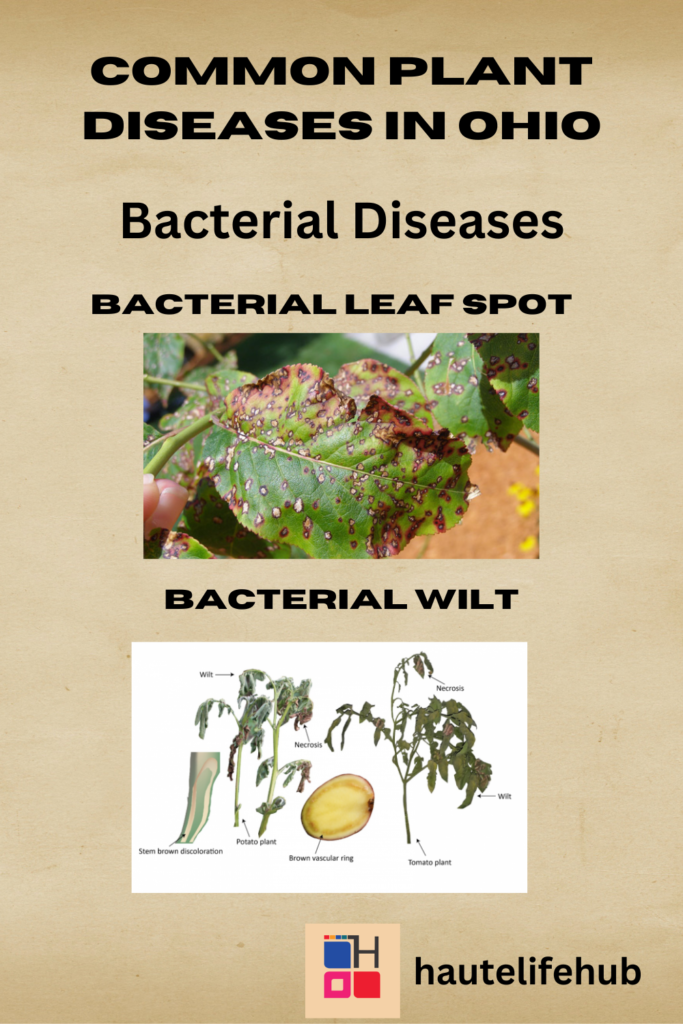
Preventative Measures
- Crop Rotation: Rotate crops annually to prevent the buildup of soil-borne pathogens.
- Sanitation: Remove and destroy infected plant debris to reduce sources of infection.
- Proper Spacing: Ensure adequate spacing between plants to improve air circulation and reduce humidity.
- Watering Techniques: Water at the base of plants to avoid wetting foliage, which can promote fungal growth. Use drip irrigation or soaker hoses.
- Resistant Plant: Choose disease-resistant plant varieties whenever possible. Many vegetables and ornamental plants have cultivars bred for resistance to specific diseases.
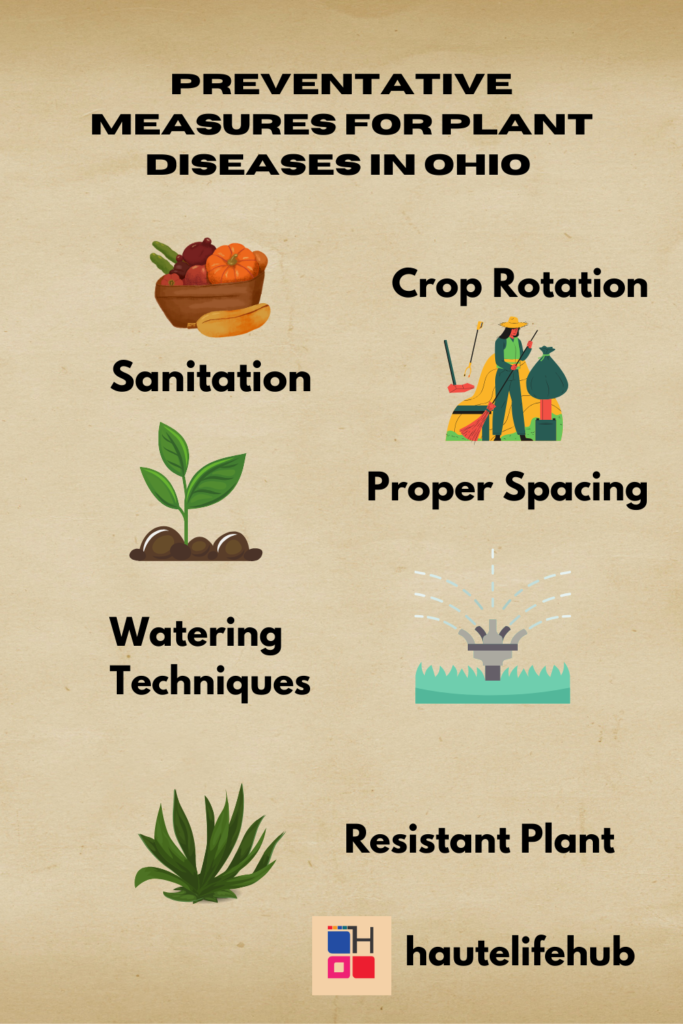
Treatment and Control
Organic Treatments:
- Neem Oil: Effective against fungal and bacterial diseases. Apply as a preventative measure or at the first sign of disease.
- Copper Fungicides: Broad-spectrum fungicide that can be used to control fungal and bacterial diseases. Follow label instructions carefully.
- Baking Soda Solution: A mixture of baking soda, water, and a small amount of soap can help control powdery mildew.
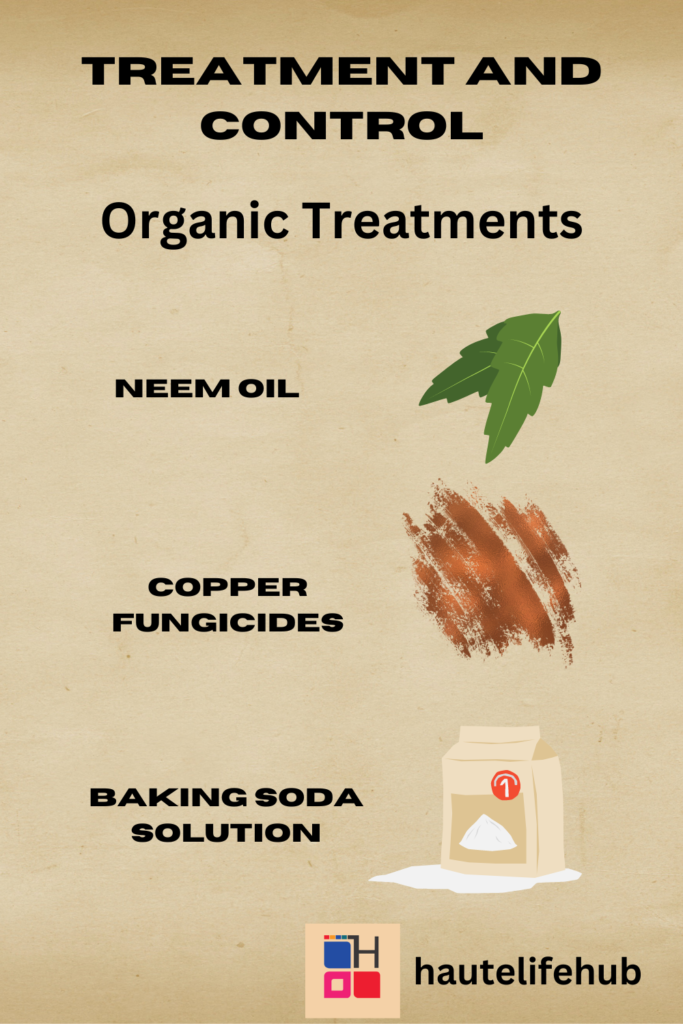
Chemical Treatments:
- Use chemical fungicides and bactericides as a last resort. Follow label instructions and safety precautions to minimize environmental impact.
Biological Control:
- Introduce beneficial microbes and fungi that can outcompete or inhibit disease-causing pathogens. Products containing Bacillus subtilis or Trichoderma species can be effective.
Integrated Pest Management (IPM)
Combination of Methods:
- Implement an IPM approach that combines cultural, biological, and chemical methods to manage diseases sustainably.
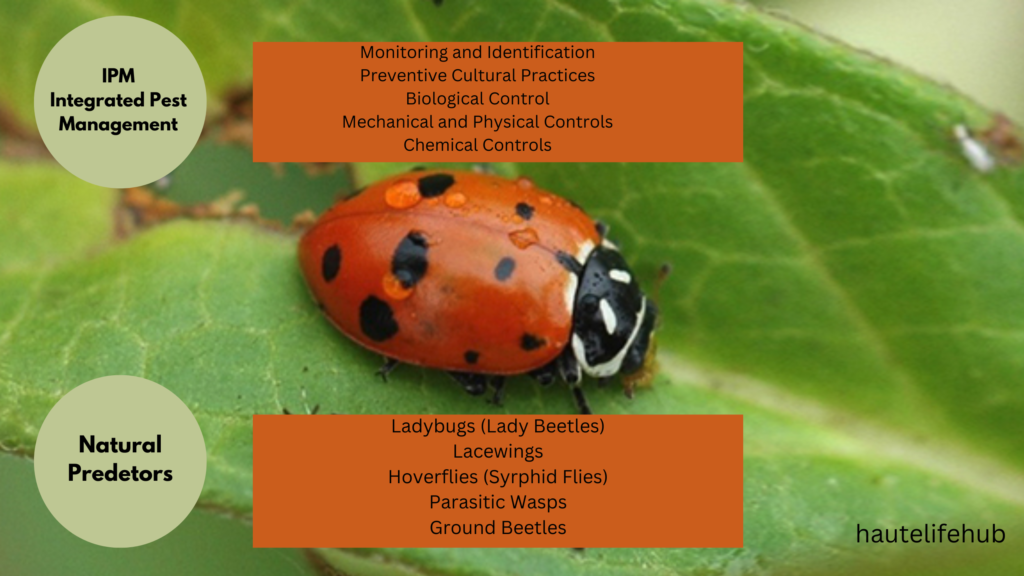
Education and Resources:
- Stay informed about common diseases and management strategies through local extension services and gardening groups. The Ohio State University Extension offers valuable resources and guidance.
6. Community Resources of Ohio
Ohio offers a variety of community resources for gardening enthusiasts, ranging from educational programs and community gardens to support from local organizations. Here are some key resources for gardening in Ohio:
Educational Programs and Resources
Ohio State University Extension (OSU Extension)
- Provides extensive gardening resources, including workshops, master gardener programs, and informational guides.
- Website: OSU Extension Gardening Resources
Master Gardener Volunteer Program
- Trains volunteers to provide gardening education and support to their communities.
- Website: Master Gardener Program
Community Gardens
Franklin Park Conservatory and Botanical Gardens (Columbus)
- Offers community garden plots, educational programs, and workshops.
- Website: Franklin Park Conservatory
Greater Cleveland Community Gardens
- Provides resources and support for community gardening in the Cleveland area.
- Example: Ohio City Farm, which is one of the largest contiguous urban farms in the U.S.
- Website: Ohio City Farm
Toledo GROWs
- Supports community gardens in the Toledo area, providing resources, tools, and education.
- Website: Toledo GROWs
Local Organizations and Initiatives
Ohio Community Gardening Program
- Offers support and resources for starting and maintaining community gardens.
- Website: Ohio Community Gardening Program
Local Matters (Columbus)
- A nonprofit organization focused on food education, access, and community gardening.
- Website: Local Matters
Cleveland Botanical Garden’s Green Corps
- Youth-focused urban agriculture program that operates learning farms and community gardens.
- Website: Cleveland Botanical Garden
Seed and Plant Resources
Ohio Heirloom Seeds
- Offers a wide variety of heirloom seeds suitable for Ohio’s climate.
- Website: Ohio Heirloom Seeds
Great Lakes Growing Supplies
- Provides seeds, plants, and gardening supplies for the Great Lakes region, including Ohio.
- Website: Great Lakes Growing Supplies
Workshops and Events
Ohio State University Extension Events
- Regularly hosts workshops, webinars, and events on various gardening topics.
- Website: OSU Extension Events
Ohio Invasive Plants Council (OIPC)
- Organizes events and provides resources on managing invasive plant species in gardens.
- Website: OIPC Events
Online Communities and Forums
Ohio Gardener Magazine
- Offers gardening tips, articles, and a forum for Ohio gardeners.
- Website: Ohio Gardener
Reddit – r/OhioGardening
- An online community for Ohio gardeners to share tips, ask questions, and discuss gardening topics.
- Website: Reddit Ohio Gardening
These resources can help Ohio residents start, maintain, and enjoy their gardening projects, whether they are seasoned gardeners or just beginning.
